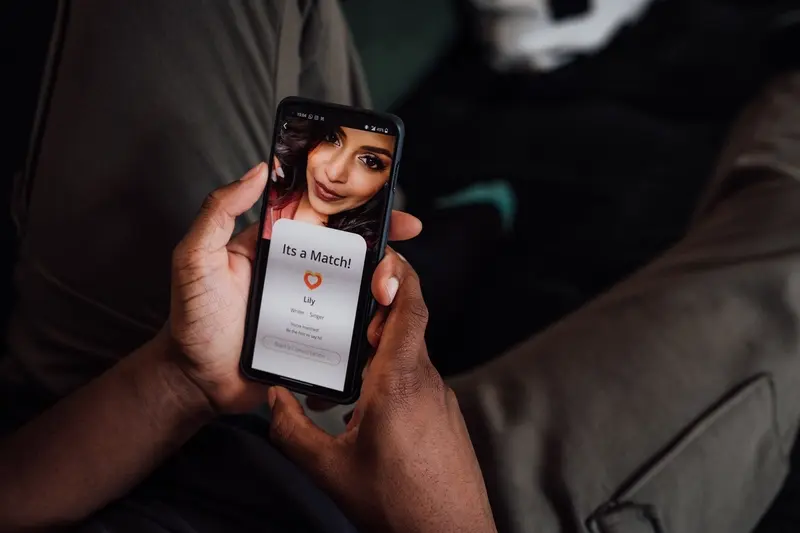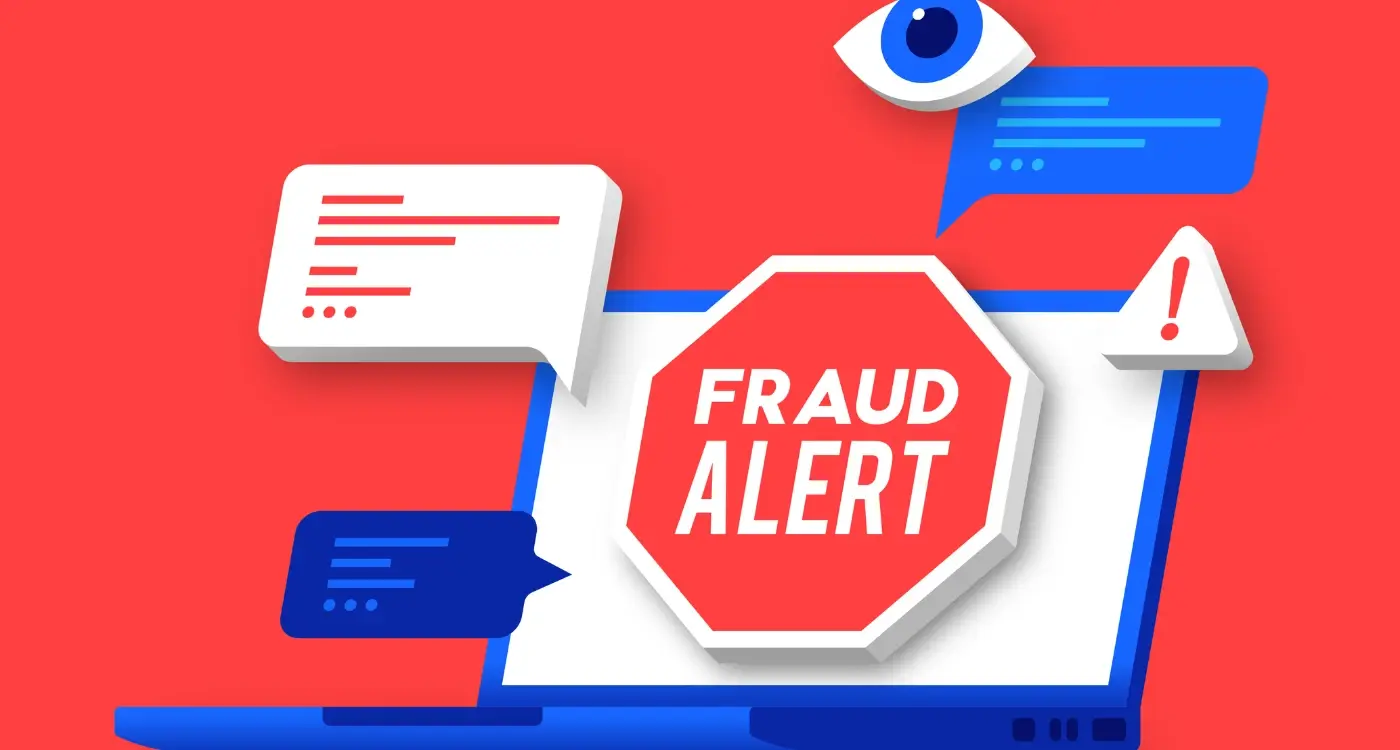How Do I Handle Inappropriate Behaviour And Content In My Dating App?
Last month, a client came to me in a panic. Their dating app had been live for just three weeks when users started complaining about fake profiles, harassment, and inappropriate photos flooding the platform. Downloads were dropping fast, and their App Store rating had plummeted to two stars. The founder looked exhausted as he explained how what started as an exciting launch had turned into a nightmare of angry emails and negative reviews.
This story isn't unique—I've seen it happen countless times over my years in mobile app development. Dating apps face unique challenges that other platforms simply don't encounter. When you bring together strangers looking for romantic connections, things can go wrong quickly without proper safeguards in place.
Content moderation isn't just about removing bad content; it's about creating a space where genuine connections can flourish whilst keeping users safe from harm.
The reality is that inappropriate behaviour and harmful content aren't just minor inconveniences—they can destroy your app's reputation overnight. Users expect safety when they're sharing personal information and photos with potential matches. Without proper content moderation systems, clear community guidelines, and effective reporting tools, your dating app becomes vulnerable to abuse that drives away the very people you're trying to serve. This guide will walk you through building robust safety measures that protect your users whilst maintaining the authentic, welcoming atmosphere that makes dating apps successful.
Understanding Content Moderation Systems
Content moderation systems are the backbone of any dating app that wants to keep its users safe and happy. I've worked with dating apps that started small and thought they could handle everything manually—spoiler alert, they couldn't! Once you hit even a few hundred users, the amount of content flowing through your app becomes overwhelming without proper systems in place.
The Three Pillars of Content Moderation
Think of content moderation as having three main parts working together. First, you've got automated systems that scan messages, photos, and profiles for obvious problems like offensive language or inappropriate images. These systems work 24/7 and catch the most blatant issues instantly.
Second, there's human moderation—real people reviewing content that the automated systems flagged as potentially problematic. This is where context matters; what looks suspicious to a computer might be perfectly innocent to a human reviewer.
Third, you have user reporting tools that let your community help police itself. Users know their conversations better than anyone, and they're often the first to spot when someone's behaving badly.
Getting the Balance Right
The trick is finding the right balance between being too strict and too lenient. Over-moderate and you'll frustrate genuine users; under-moderate and you'll create an unsafe environment that drives people away. Most successful dating apps use a combination of all three approaches, adjusting the sensitivity based on their user base and community standards.
Recognising Inappropriate Behaviour Patterns
After years of working with dating apps, I can tell you that spotting troublesome users isn't always obvious at first glance. Some inappropriate behaviour jumps out immediately—explicit images, harassment, threats—but the really problematic patterns often develop over time.
The tricky ones are users who test boundaries gradually. They might start with seemingly innocent messages that slowly become more suggestive or demanding. Others create multiple fake profiles to bypass blocks or bans. You'll also see people who love-bomb new users with excessive compliments and attention, which can be a red flag for manipulative behaviour.
Red Flags to Watch For
Your content moderation system should flag users who send identical messages to dozens of people, refuse to take no for an answer, or ask for personal information too quickly. Financial requests are another big warning sign—even seemingly innocent ones like "I forgot my wallet, can you help?"
Set up automated alerts for users who receive multiple reports within a short timeframe. Often, problematic behaviour affects several people before anyone reports it.
Patterns That Emerge Over Time
Some users will cycle through periods of good behaviour followed by inappropriate conduct. They've learned that staying under the radar for a while lets them continue their problematic patterns. Your moderation team needs to look at user history, not just individual incidents, to catch these repeat offenders who think they're being clever.
Building Effective User Reporting Tools
Your reporting system is the lifeline between users and your moderation team—without it, inappropriate behaviour goes unchecked and your app becomes a breeding ground for problems. I've seen too many dating apps launch with basic reporting features only to scramble later when issues spiral out of control.
The key is making reporting ridiculously easy. Users shouldn't need to hunt through menus or fill out lengthy forms when someone's harassing them. Place report buttons prominently on profiles, in chat windows, and anywhere users interact. One tap should be enough to flag content and get the ball rolling.
What Makes a Good Reporting System
- Multiple reporting categories (harassment, fake profiles, inappropriate photos, spam)
- Option to block and report simultaneously
- Screenshot capture built into the reporting flow
- Anonymous reporting to protect user privacy
- Instant confirmation that the report was received
- Follow-up notifications about action taken
Don't forget about the backend either. Your moderation team needs proper tools to review reports efficiently—think priority queues for serious allegations and automated categorisation to speed up processing. The faster you can respond to reports, the safer your users will feel and the more likely they are to stick around.
Creating Clear Community Guidelines
I've worked on dozens of dating apps over the years, and there's one thing that separates the successful ones from the disasters—clear community guidelines that users actually understand. You might think writing rules is straightforward, but trust me, it's trickier than it looks. The best guidelines aren't just legal documents; they're communication tools that help users know exactly what behaviour is acceptable and what isn't.
Your guidelines need to cover the obvious stuff like harassment, explicit content, and fake profiles, but they should also address the grey areas. What about overly persistent messaging? Profile photos that push boundaries? Users who constantly complain about matches? These situations happen daily in dating apps, and your content moderation team needs clear direction on how to handle them.
Writing Guidelines Users Will Actually Read
Keep your language simple and direct. Nobody wants to wade through pages of legal jargon when they're trying to find a date. Use examples wherever possible—show users what inappropriate behaviour looks like rather than just telling them it's not allowed. Break your guidelines into clear sections with headings that make sense.
The most effective community guidelines are the ones that feel like they were written by humans for humans, not lawyers for lawyers
Make your consequences clear too. Users should know exactly what happens when they break the rules—whether that's a warning, temporary suspension, or permanent ban. This transparency helps with safety and reduces the number of appeals your team has to process.
Implementing Automated Content Filtering
Automated content filtering is your first line of defence against inappropriate material—and trust me, you'll need it. I've worked on dating apps where thousands of messages get sent every hour, and there's simply no way a human team can review everything in real-time. That's where smart filtering systems come in.
The key is building filters that catch the obvious stuff without being too aggressive. Nobody wants their innocent "Hey, how's your evening going?" message getting flagged because it contained a word that could be interpreted differently. Start with basic keyword filtering for clearly inappropriate language, then layer on more sophisticated detection.
Building Your Filter System
Your automated system should target multiple content types across different areas of your app. Here's what needs monitoring:
- Profile photos and uploaded images
- Text in user bios and descriptions
- Direct messages between users
- Any user-generated content or comments
Getting The Balance Right
Machine learning models work brilliantly for image recognition—they can spot nudity, violence, or other problematic visual content pretty accurately these days. For text filtering, you'll want to combine keyword detection with context analysis. The goal isn't perfection; it's catching the majority of problems quickly while flagging borderline cases for human review. Remember to regularly update your filters based on new patterns your moderation team discovers.
Training Your Moderation Team
Your moderation team is the frontline defence against inappropriate behaviour in your dating app. These are the people who'll be reviewing reported profiles, investigating suspicious activity, and making split-second decisions about what stays and what goes. Getting their training right makes all the difference between a safe community and a complete disaster.
Start with the basics—make sure your team understands what constitutes inappropriate behaviour in your specific app. Dating apps have unique challenges compared to other social platforms; what might be acceptable on Instagram could be completely inappropriate in a dating context. When developing a social media app, understanding these nuanced differences becomes crucial for creating effective moderation policies.
Building Consistent Decision-Making
Create detailed moderation guidelines that cover every scenario your team might encounter. Include screenshots, examples, and clear escalation procedures for tricky situations. Your moderators need to know when they can make decisions independently and when they should pass cases up the chain.
Keeping Your Team Sharp
Regular training sessions are non-negotiable. Bad actors constantly evolve their tactics, and your team needs to stay one step ahead. Schedule weekly reviews of challenging cases and monthly updates on new patterns of inappropriate behaviour.
Create a shared knowledge base where moderators can document new types of problematic content they encounter—this helps the entire team learn from each discovery.
Remember that content moderation can be mentally taxing work. Provide proper support for your team's wellbeing and rotate people through different types of moderation tasks to prevent burnout.
Legal Compliance and Safety Standards
I've worked on dating apps where clients thought they could just wing the legal side—spoiler alert, that never ends well! Building a dating platform means you're dealing with personal data, private conversations, and sometimes sensitive content that requires proper legal frameworks. You can't just focus on the fun bits like matching algorithms and forget about the boring (but absolutely necessary) compliance stuff.
Data Protection Requirements
Your dating app will collect loads of personal information—photos, location data, messages, preferences. This means GDPR compliance isn't optional; it's mandatory if you have European users. You'll need clear privacy policies, proper consent mechanisms, and the ability to delete user data when requested. I always tell clients to get a proper data protection lawyer involved early—trust me, it's cheaper than fixing problems later.
Platform-Specific Safety Standards
Both Apple and Google have strict guidelines for dating apps. They want to see robust age verification, clear reporting systems, and active moderation. Your app store approval depends on meeting these standards, so don't treat them as suggestions.
- Implement proper age verification systems
- Maintain detailed moderation logs and records
- Provide clear terms of service and community guidelines
- Establish procedures for handling law enforcement requests
- Set up regular compliance audits and reviews
Getting legal compliance right from the start protects both your users and your business—it's not glamorous work, but it's the foundation that lets everything else function properly.
Conclusion
Building a safe dating app isn't just about ticking boxes—it's about creating a space where people can genuinely connect without fear. After eight years of developing apps for clients across every industry imaginable, I can tell you that content moderation and safety aren't afterthoughts; they're the foundation that everything else builds upon.
Your users trust you with their personal information, their photos, and their hopes of finding someone special. That's a big responsibility! The systems we've covered—from automated filtering to human moderation teams—work best when they're layered together like a security net. No single approach catches everything, but combined they create a robust defence against inappropriate behaviour.
What I've learnt over the years is that the most successful dating apps are those that take safety seriously from day one. Users can sense when an app is genuinely committed to their wellbeing versus one that's just going through the motions. They'll choose the platform where they feel protected, every time.
The landscape of content moderation keeps evolving—new challenges pop up, technology improves, and regulations change. But if you've built strong foundations with clear guidelines, proper reporting tools, and a trained moderation team, you'll be ready to adapt and keep your community safe.
Share this
Subscribe To Our Learning Centre
You May Also Like
These Related Guides

What Safety Features Should My Dating App Have To Protect Users?

What Are The Biggest Challenges In Social Media App Development?



